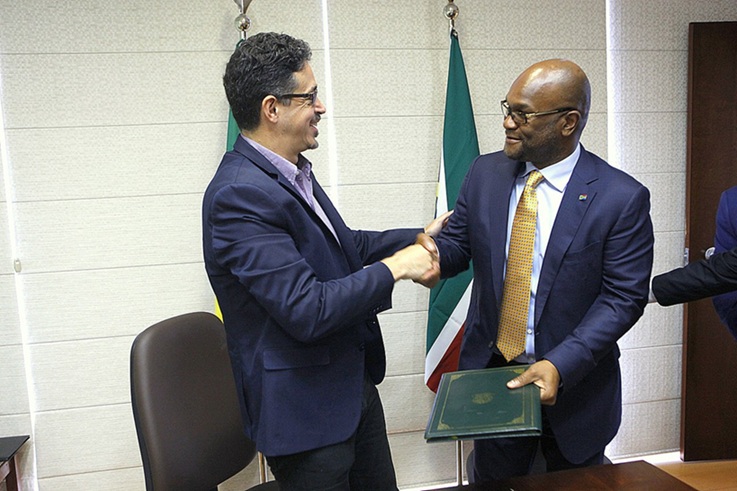In a bid to ease the burden of carrying around wheelbarrows of cash, Argentina has announced the introduction of a new 10,000-peso note, five times the value of its previous biggest bill. This move comes as the country grapples with an annual inflation rate of 287%, among the highest in the world.
For many Argentines, the daily routine of lugging around giant bags, and occasionally suitcases, stuffed with cash for basic transactions has become a cumbersome reality. The new denomination note, expected to hit the streets next month, aims to “facilitate transactions between users,” according to the central bank.
The 10,000-peso note is currently worth $11 at the official exchange rate and $9 at the black market rate, highlighting the stark disparity between the two systems. Despite efforts to encourage electronic transfers, hard currency, particularly the 1,000-peso note, remains the preferred method of payment across the country.
President Javier Milei, who took office last December, campaigned on a promise to curb inflation and stabilize the local currency. However, his austerity measures have contributed to soaring prices, mirroring levels seen in the U.S. and Europe. The economic strain on ordinary Argentines has led to widespread discontent, culminating in a planned nationwide strike.
Despite the challenges, Milei remains optimistic, pointing to a gradual slowdown in the monthly inflation rate since December. Policy makers have responded by lowering the central bank’s key interest rate three times last month, indicating a belief that consumer prices can be gradually brought under control.
The new 10,000-peso notes will feature artistic portraits of Manuel Belgrano, a founding father of Argentina, and María Remedios del Valle, a Black Argentine woman and army captain. Looking ahead, the central bank plans to introduce an even bigger bill—a 20,000-peso note—later this year, underscoring the ongoing battle to stabilize Argentina’s economy in the face of persistent inflation.
(Source: France 24 | Buenos Aires Times)









